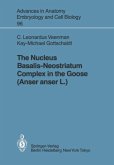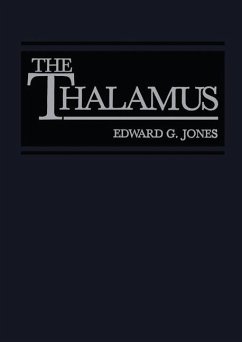Though more than 300 years have elapsed since the first description of the peculiar course of the spinal accessory (XI) nerve by Willis (1664), the crucial problems concerning what is known as accessory field of musculature and its innervation are still unsolved and a matter of controversy. Like the bulbar XI, the spinal XI nerve is commonly regarded as originally a branch of the vagus and, therefore, as a cranial nerve (Fiirbringer 1897; Gegenbaur 1898; Lubosch 1899). However, whether this nerve is of special visceral or somatic derivation is still debated. The conventional distinction between these function ally separate categories of cranial nerves is based largely on two criteria, namely, the position of the cranial nerve nucleus and the embryological derivation of the muscles innervated by this nerve. Unfortunately, little is known about the development of this accessory field of musculature, and the evidence concern ing the position of the spinal XI nucleus is contradictory. In fact, although the spinal XI nerve is usually regarded as a purely efferent nerve belong ing to the special visceral efferent group of cranial nerves and innervating muscles derived from the branchial mesoderm, each of these properties has been questioned. Consequently, the classification of the nerve is still unset tled. Evidence in support of a special visceral origin of the spinal XI nerve is found in the phylogenetic history of the spinal XI nucleus.








